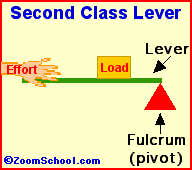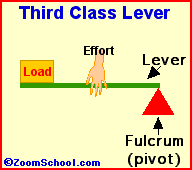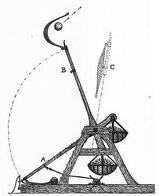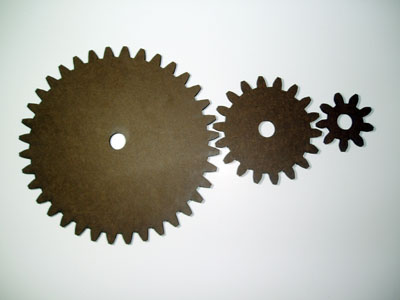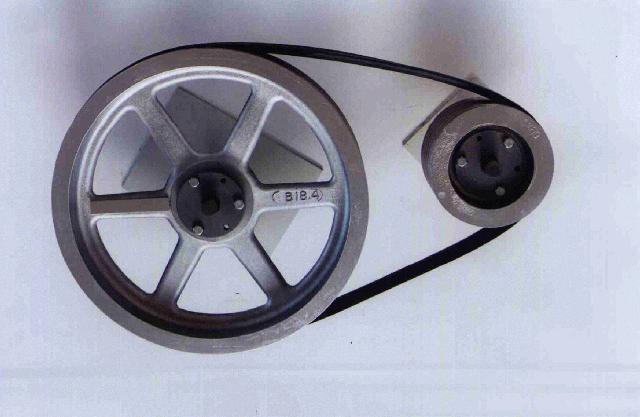abhi@eda
Member level 1

what's the speed of blades of ceiling fan in miles/hour,where the RPM of the fan is 300 RPM and radius of the fan or length of blade is 1.91Feet ?
i calculated the circumference of the circle,then i converted the calculated how much RPM per second,in this case it 300/60 = 5 Revolutions per second
then i calculated the circumference * 5,so i have the speed of the blades per second,i then multiplied it to get speed/minute,then hour,and finally got 41 miles/hour,is it correct?
is it the true speed of the Ceiling fan Blades?
i calculated the circumference of the circle,then i converted the calculated how much RPM per second,in this case it 300/60 = 5 Revolutions per second
then i calculated the circumference * 5,so i have the speed of the blades per second,i then multiplied it to get speed/minute,then hour,and finally got 41 miles/hour,is it correct?
is it the true speed of the Ceiling fan Blades?





